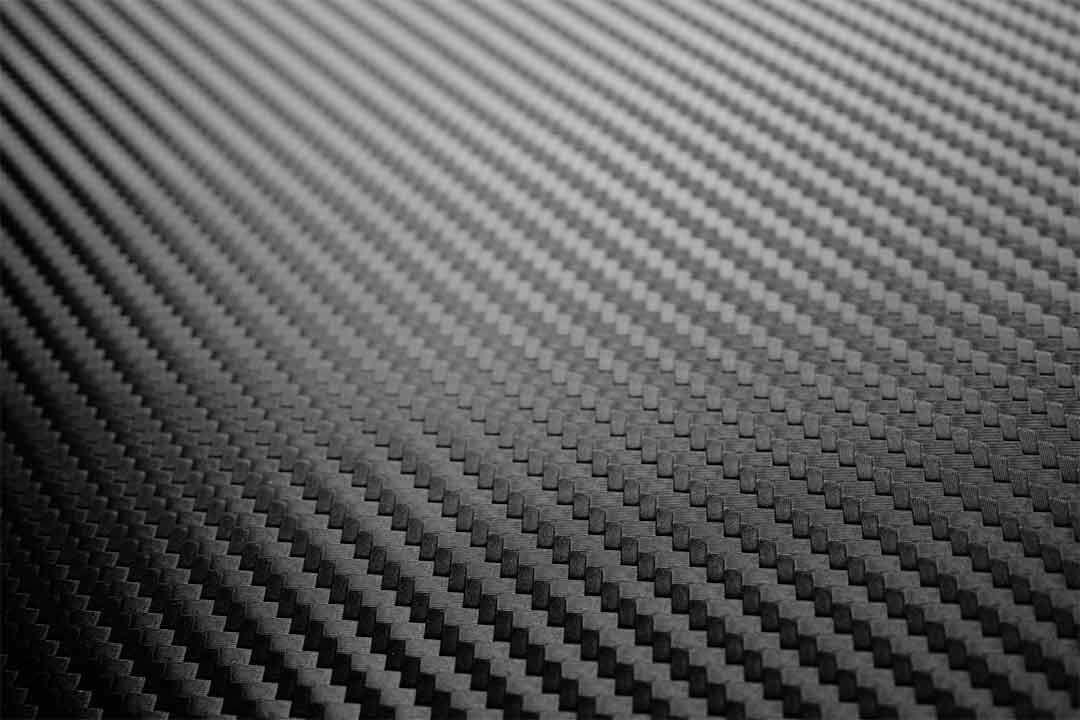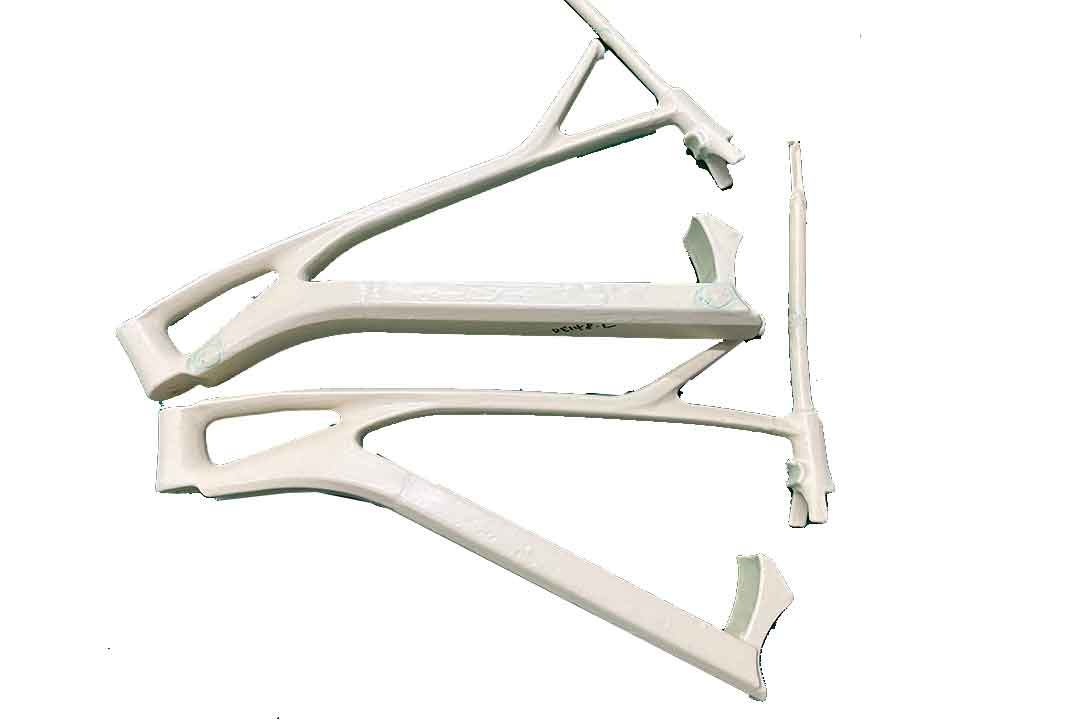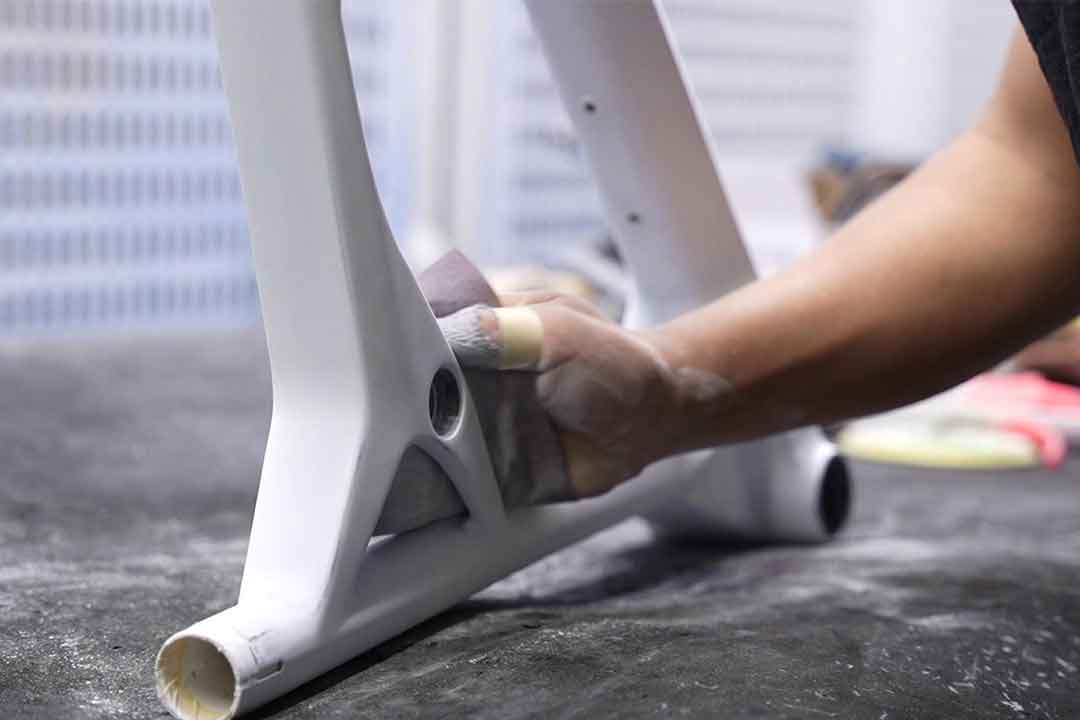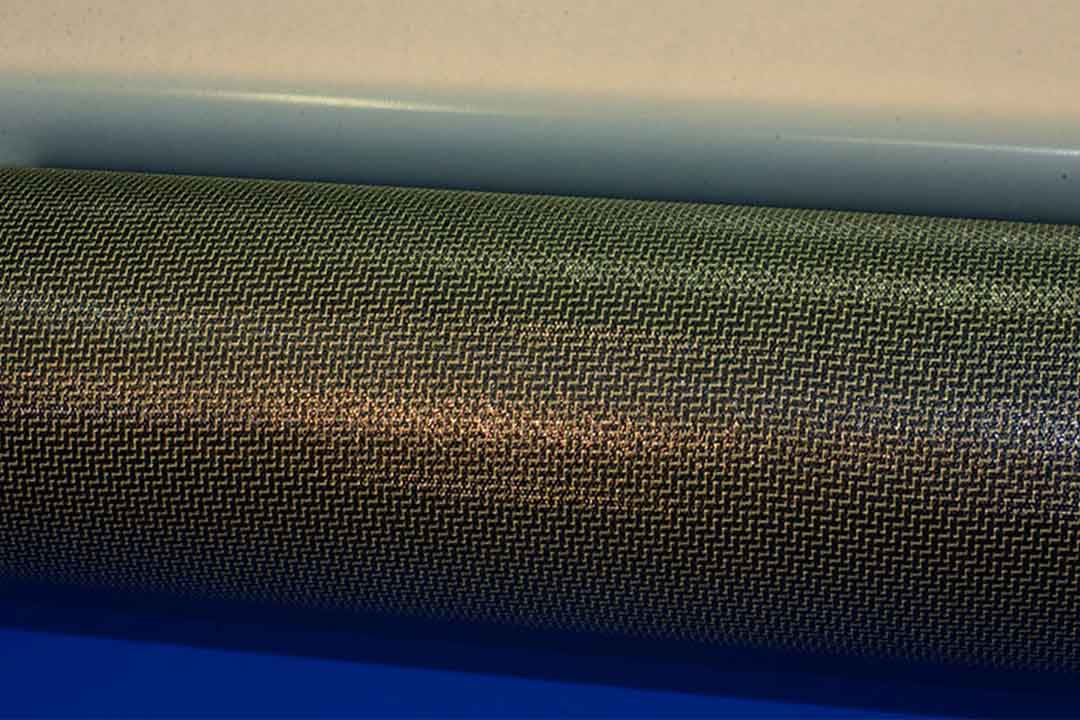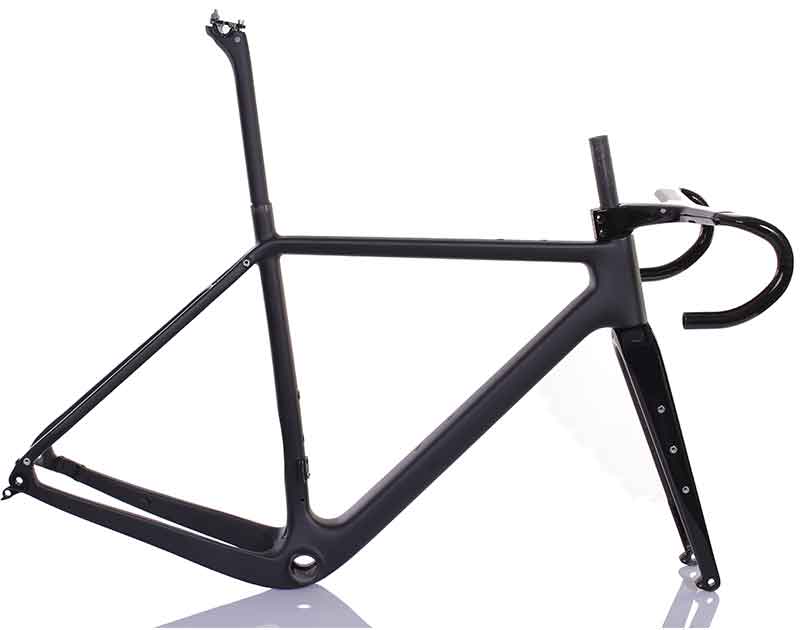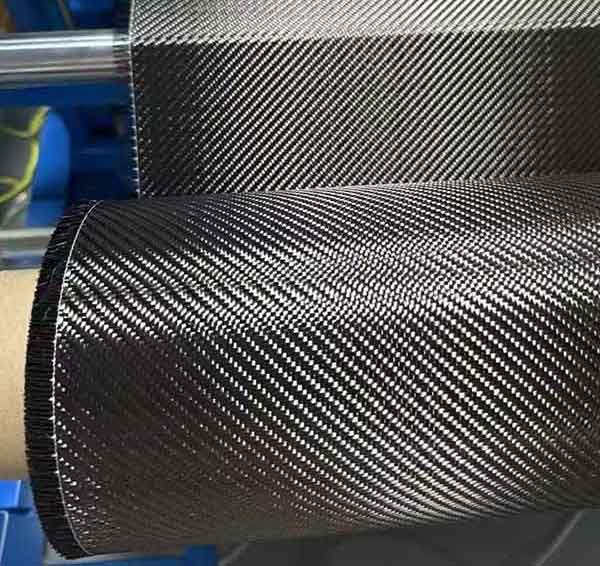Welcome to Mondince Bike - A well-known factory specialized in produce carbon bike frame and other parts since 2007.
is carbon fiber stronger than steel
When it comes to choosing materials for construction, automotive, aerospace, or even sports equipment, the debate often centers around carbon fiber versus steel. Is carbon fiber stronger than steel? This question doesn't have a straightforward answer because "strength" can mean different things, such as tensile strength, weight-bearing capacity, or durability. In this article, we'll break down these aspects to help you understand how carbon fiber compares to steel. Understanding the nuances of each material's properties and applications is crucial for industries that rely on high-performance materials. By examining the specifics of carbon fiber and steel, we can make more informed decisions about their best uses.
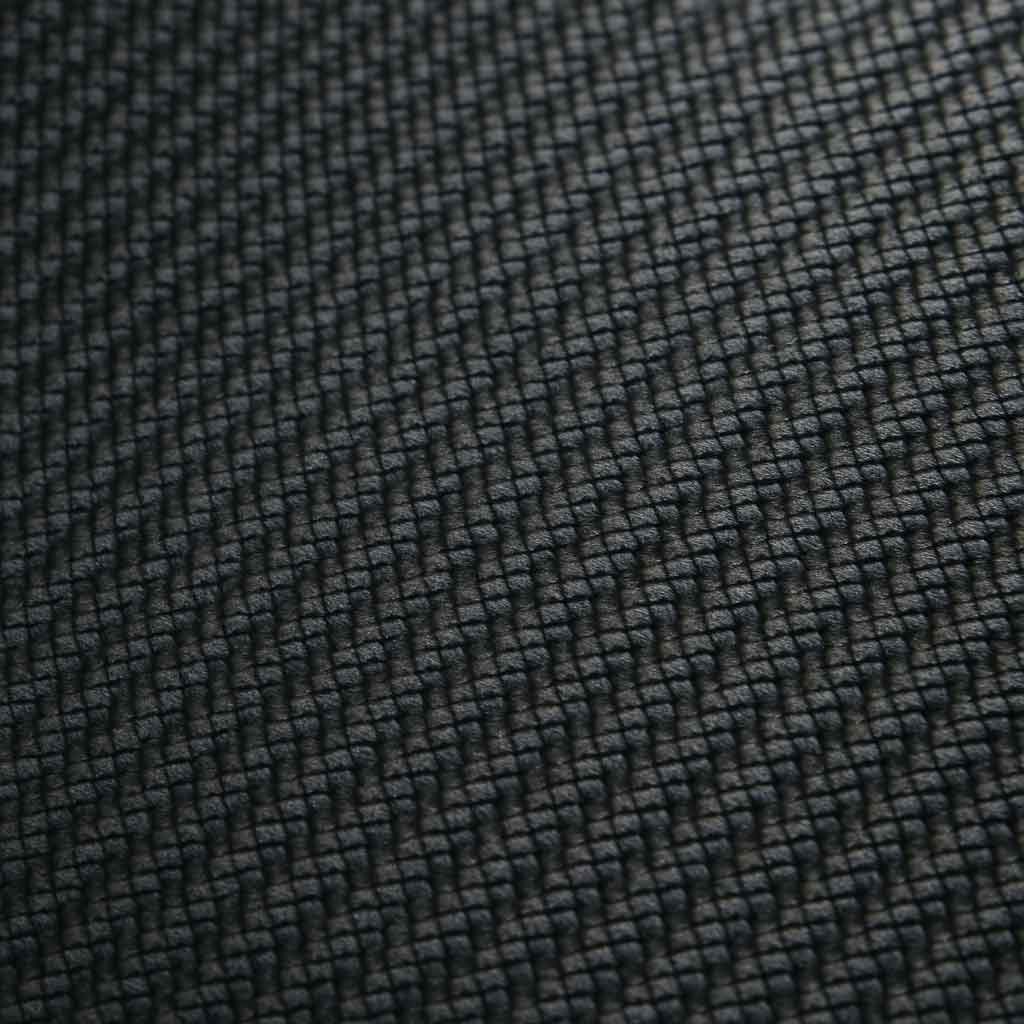
Carbon fiber is a composite material made of thin, strong crystalline filaments of carbon. These fibers are woven together and often combined with resin to create a lightweight yet incredibly strong material. The result is a composite that is exceptionally stiff, strong, and lightweight compared to traditional materials like steel. This unique combination of attributes has made carbon fiber a popular choice in fields that demand superior performance. As technology advances, the production processes for carbon fiber continue to evolve, leading to even more efficient and cost-effective applications.
Properties of Carbon Fiber
- Lightweight: Carbon fiber is significantly lighter than steel, making it an ideal choice for applications where weight reduction is crucial. This lightweight characteristic contributes to improved fuel efficiency and handling in vehicles, as well as easier handling in construction.
- High Strength-to-Weight Ratio: One of the standout features of carbon fiber is its impressive strength-to-weight ratio, which is higher than that of steel. This means that for the same weight, carbon fiber can bear more load, making it advantageous in scenarios where both strength and weight are critical considerations.
- Corrosion Resistance: Unlike steel, carbon fiber does not rust or corrode, which is beneficial in environments where moisture is a concern. This property extends the lifespan of products made from carbon fiber, reducing maintenance costs and improving reliability in harsh conditions.
Understanding Steel
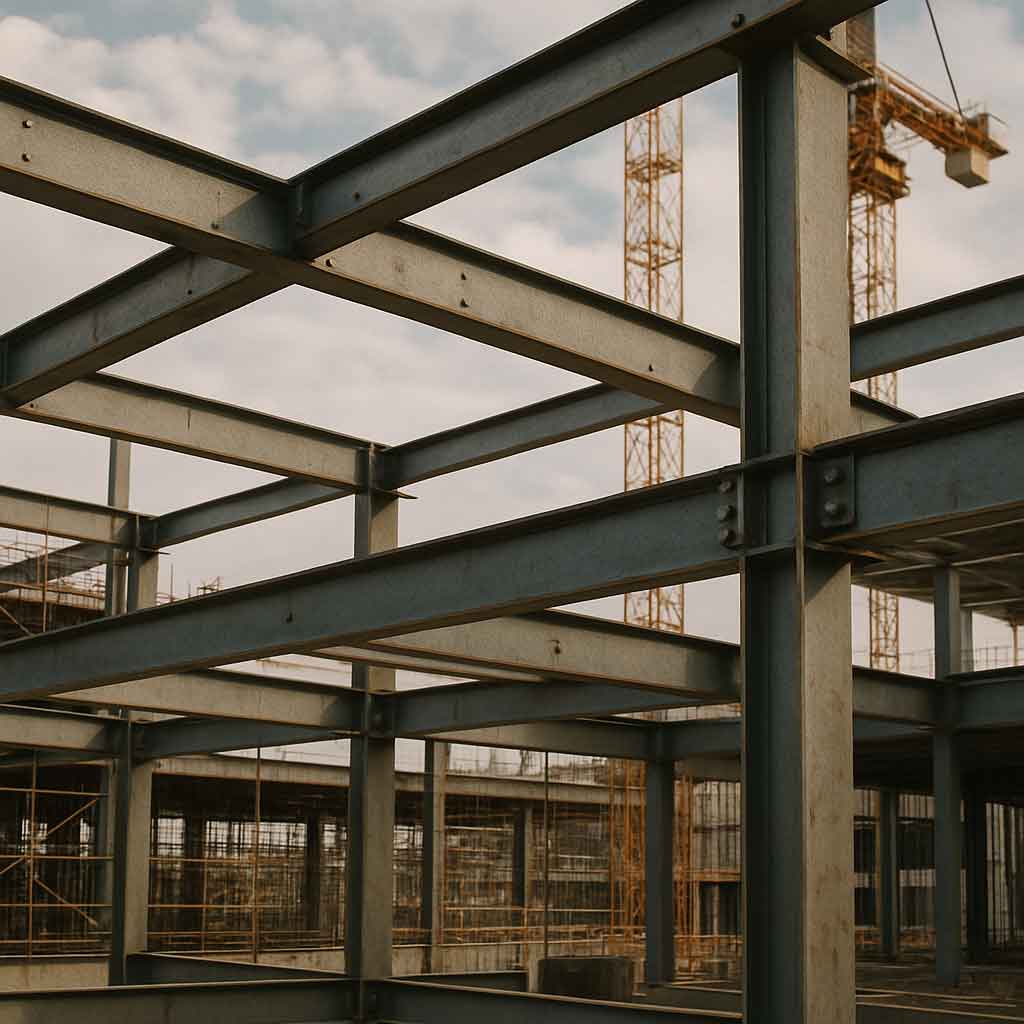
Steel is an alloy made primarily of iron and carbon, and it's widely used due to its versatility and strength. It has been a staple in construction and manufacturing for centuries. Its ability to withstand heavy loads and its relatively low cost make it an attractive option for many industries. The development of various steel alloys has further expanded its applications, allowing for tailored solutions that meet specific performance requirements.
Properties of Steel
- Durability: Steel is known for its durability and ability to withstand heavy loads and harsh conditions. This makes it ideal for long-lasting structures and components that must endure significant stress over time.
- Toughness: Steel can absorb energy before it fractures, making it a tough material. This toughness is particularly important in applications where safety and reliability are paramount, such as in building infrastructure and automotive safety features.
- Cost-Effectiveness: Generally, steel is more affordable than carbon fiber, especially for large-scale applications. This cost advantage makes it a practical choice for projects with budget constraints, while still offering excellent performance.
Carbon Fiber Stiffness vs. Steel Rigidity
Stiffness refers to a material's ability to resist deformation under stress. Carbon fiber is extremely stiff, often more so than steel, meaning it doesn't easily bend or warp. This stiffness makes it ideal for applications requiring precision and stability. The ability to maintain its shape under load ensures that components made from carbon fiber can perform consistently in demanding situations.
Comparing Stiffness
- Carbon Fiber: Known for its high stiffness, carbon fiber can maintain its shape under load without bending. This property is especially useful in aerospace and automotive applications where precision is critical. The high stiffness also contributes to improved performance in sports equipment, where accuracy and responsiveness are key.
- Steel: While steel is also stiff, it is more prone to bending compared to carbon fiber under certain conditions. However, its ability to flex slightly without breaking can be beneficial in applications where some degree of flexibility is required to absorb shocks or vibrations.
Carbon Fiber vs. Steel Strength
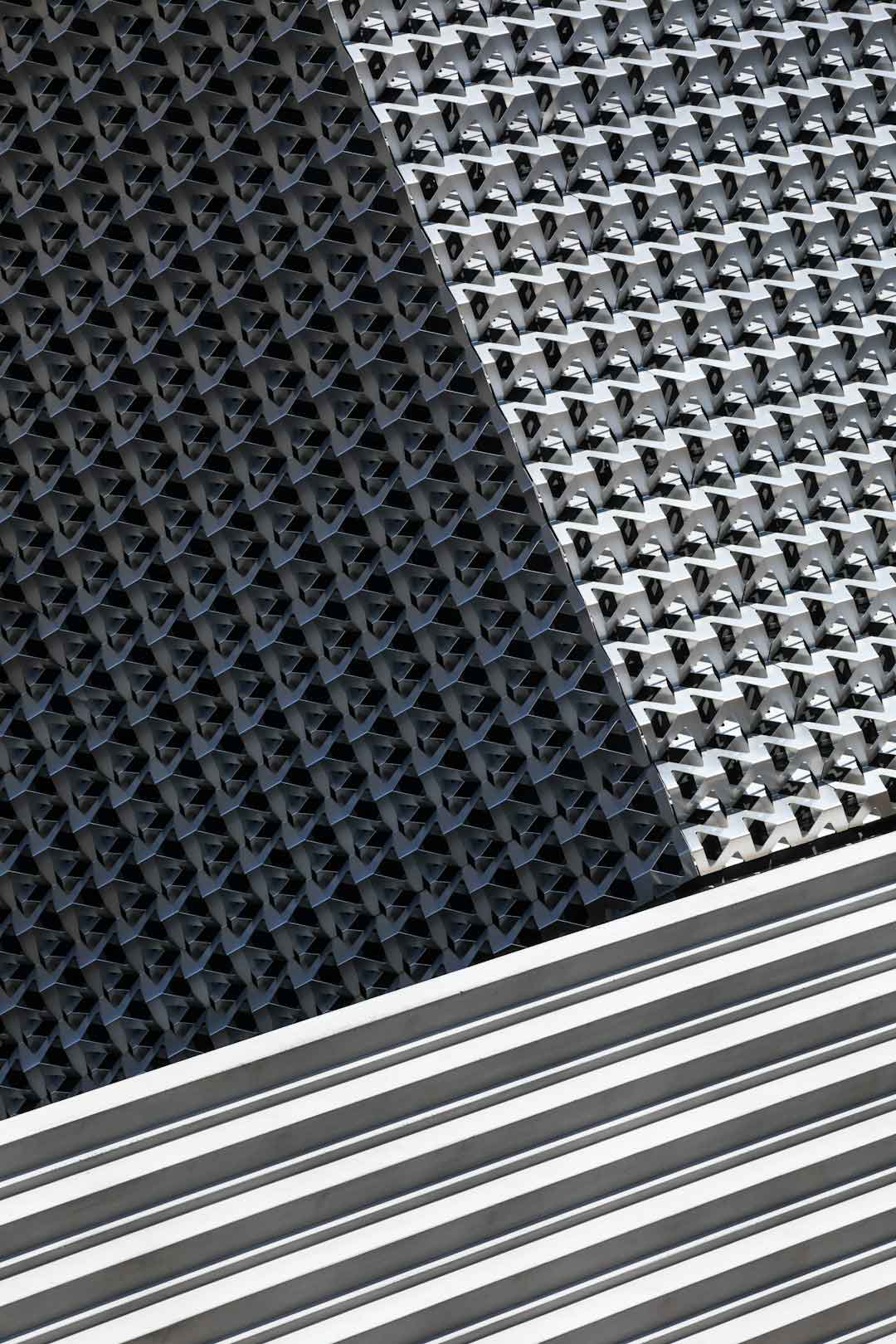
by Pascal Meier (https://unsplash.com/@zhpix)
When people ask if carbon fiber is stronger than steel, they often refer to tensile strength---the maximum stress that a material can withstand while being stretched or pulled before breaking. In this context, carbon fiber is indeed stronger than steel. This high tensile strength makes carbon fiber particularly useful in applications where materials are subject to stretching forces, such as in cables or structural supports.
Comparing Strength
- Carbon Fiber: Offers higher tensile strength than most types of steel, meaning it can endure greater force without breaking. This makes it suitable for applications where materials must withstand high tension, such as in bridge cables or aircraft components.
- Steel: While steel is incredibly strong and tough, it generally cannot match the tensile strength of carbon fiber. However, its compressive strength and toughness make it better suited for applications where materials are subjected to compressive forces or impact.
Is Carbon Fiber Lighter?
Weight is another crucial factor in the carbon fiber versus steel debate. Carbon fiber is much lighter than steel, which can be a significant advantage in industries where weight reduction is key, such as automotive and aerospace. The reduction in weight contributes to enhanced fuel efficiency and performance, making it a desirable feature in these sectors.
Weight Comparison
- Carbon Fiber: Weighs approximately one-quarter of steel, making it a more suitable choice for applications where weight is a concern. This significant weight reduction can lead to improvements in speed and agility in vehicles, as well as easier handling in construction and transportation.
- Steel: Heavier than carbon fiber, which can limit its use in weight-sensitive applications. However, its weight can be advantageous in situations where stability and grounding are more important than weight savings.
Carbon Steel vs. Carbon Fiber
It's important to distinguish between carbon steel and carbon fiber, as they serve different purposes and have distinct properties. Each material has been engineered to excel in specific areas, making them suitable for different applications.
Carbon Steel
- Composition: An alloy of iron and carbon, known for its strength and durability. It is a versatile material used in a wide range of applications, from infrastructure to machinery.
- Applications: Widely used in construction, automotive, and manufacturing. Its ability to be easily fabricated and its cost-effectiveness make it a go-to material for large-scale projects.
Carbon Fiber
- Composition: Composed of carbon atoms bonded together in a crystalline structure, woven into fibers. This unique structure gives carbon fiber its remarkable properties of strength and lightness.
- Applications: Used in high-performance products like aircraft components, race cars, and sports equipment. Its ability to provide high strength while remaining lightweight makes it ideal for cutting-edge technologies and products.
How Strong Is Carbon Fiber?
Carbon fiber's strength comes from its unique structure and the way it's manufactured. The fibers are incredibly small yet strong, and when combined with resin, they form a composite material that is both lightweight and strong. This combination allows carbon fiber to deliver exceptional performance in demanding environments.
Applications Demonstrating Strength
- Aerospace: Carbon fiber is used to create lightweight yet strong components, improving fuel efficiency and performance. This makes it a preferred choice for aircraft manufacturers looking to optimize performance and reduce emissions.
- Automotive: In racing and high-performance vehicles, carbon fiber reduces weight while maintaining strength, enhancing speed and agility. This advantage is crucial in competitive racing, where every millisecond counts.
Conclusion: Carbon Fiber or Steel?
The choice between carbon fiber and steel depends on the specific requirements of the application. If weight, stiffness, and tensile strength are critical factors, carbon fiber may be the better choice. However, if toughness, cost, and durability under heavy loads are more important, steel might be preferable. Understanding the specific needs of a project and the properties of each material can guide the decision-making process.
Both materials have their advantages and disadvantages, and understanding these can help you make an informed decision based on your specific needs. By evaluating the demands of your application and the characteristics of carbon fiber and steel, you can select the material that offers the best balance of performance, cost, and longevity.
In summary, while carbon fiber is stronger than steel in terms of tensile strength and stiffness, steel offers advantages in toughness and cost-effectiveness, making it essential to consider the context in which each material will be used. Each material has its place, and the right choice can lead to improved performance and efficiency in your projects.


